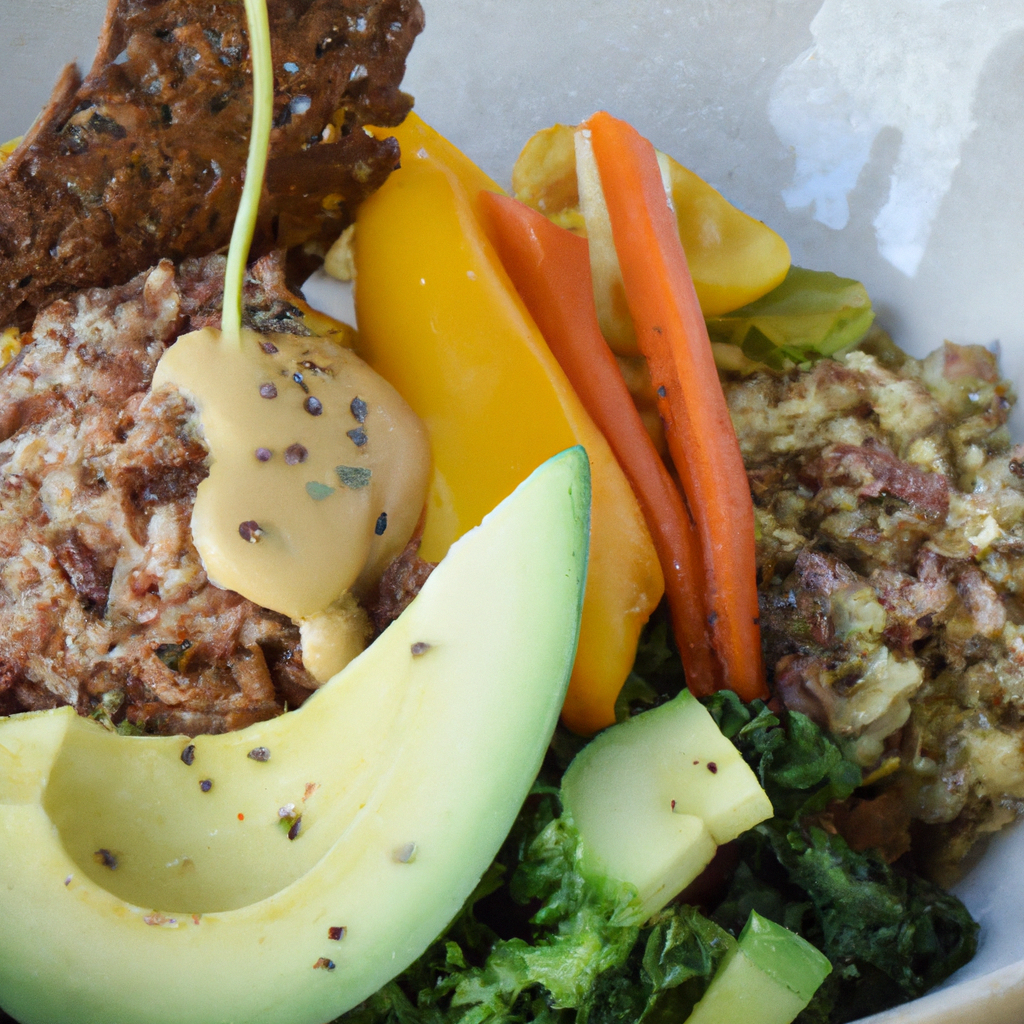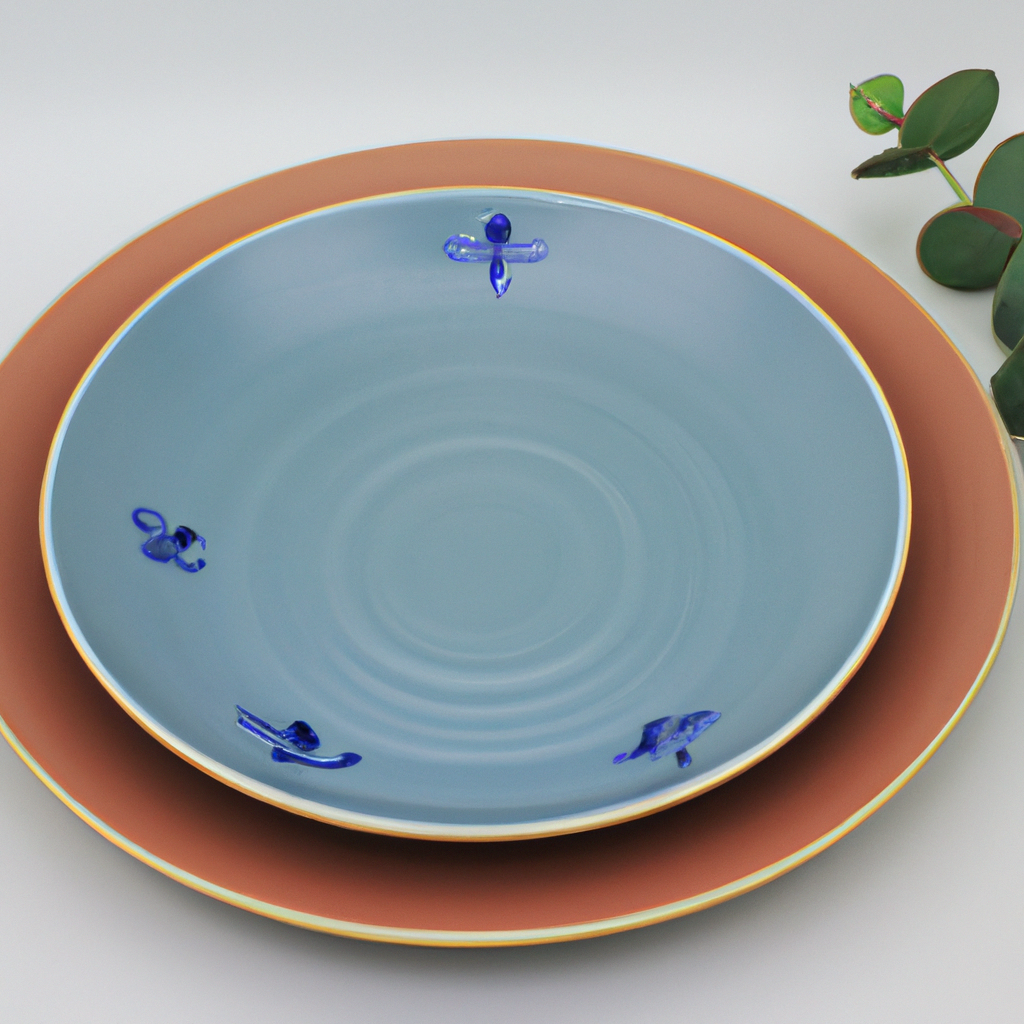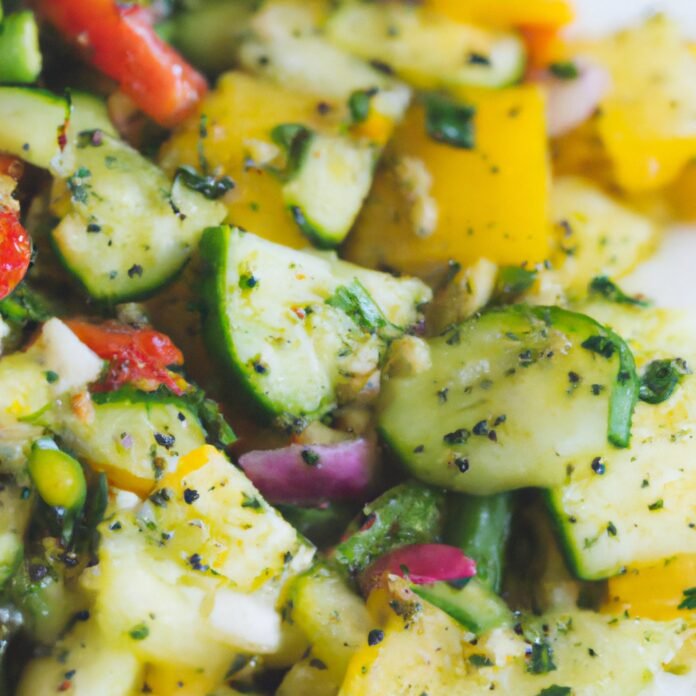If you’re looking for an easy way to create nutrient-rich meals for yourself and your family, look no further than the balanced plate. This simple method helps you to create meals that are both nutritionally balanced and tasty. Discover how easy it is to create a variety of healthful and delicious meals that will nourish your body and bring a smile to those around the table.
1. Dishing Up Nourishment: The Balanced Plate
The saying goes that you are what you eat and, if that’s true, then balanced eating is the path to a healthy life. The Balanced Plate is a simple and straightforward way to ensure every meal engulfs you in nourishment.
The Portion Sizes: The Balanced Plate is a divided plate composed of four sections. Each represents a food group that are essential to a healthy, balanced diet. Every meal should include:
- 1/4 of non-starchy vegetables such as spinach, cauliflower, and broccoli.
- 1/4 of lean proteins like eggs, chicken, and Greek yogurt.
- 1/4 of carbohydrates such as quinoa, oatmeal, and brown rice.
- 1/4 of healthy fats like olive oil, seeds, and avocado.
Including these four primary food groups in your diet ensures you are getting the right amount of nutrition. The four sections of the plate are by no means a strict formula; you can get creative and adjust the proportions to fit your dietary needs.
Reaching Round Two: Every meal should include what is known as the “Round Two” components. These comprise of items such as whole wheat bread, fruits, and dairy. Each of these foods contains vitamins, minerals, and other nutrients that improve the overall quality of your meal. Adding these extras will not only benefit your health but give you an opportunity to explore innovative ingredients.
Healthy Toppings: Each of the four sections of the plate should be topped off with an item that both adds taste and nutrition. Adding ingredients such as nuts, herbs, and spices will enhance the flavor of the meal while adding antioxidants and minerals. Furthermore, you can experiment with different dressings and sauces that will have you savoring every bite.
By utilizing the Balanced Plate system your meals will be aesthetically pleasing and provide necessary nourishment. It’s a way to spice up traditional cooking methods and fulfill your body’s nutrient needs.

2. Reap the Benefits of a Healthy Meal
Start Your Day with Fruits or Vegetables
A filling breakfast should always start with a healthy dose of fruits or vegetables. From apples and oranges to spinach and tomatoes, eating a selection of tasty produce is sure to provide you with some much-needed energy for the day ahead. Additionally, these options contain essential vitamins and minerals, which provide your body with better hydration, antioxidants and anti-inflammatory properties. It’s a great way to give your body a head start on the day.
Veggies for Lunch and Dinner
Lunch and dinner can also be centered around vegetables, to substitute the unhealthy alternatives such as burgers and chips. Salads, stews and vegetable-based soups are great options to choose, providing you with a wealth of essential minerals and nutrients. The same goes with dinner, as roasted vegetables and something light like grilled fish can make a great combination. Not only does it appeal to the taste buds, but it’s also just as nutritious, if not more. It can help promote a healthy diet as well as cover your dietary needs for the day.
Go Easy on the Meat
If meat is your thing, it doesn’t hurt to limit its consumption. Consuming large quantities of meat can accumulate fat in the body, putting it at risk from diseases like diabetes and cardiovascular problems. Instead, it’s much healthier to opt for lean meats, such as fish or white-meat chicken. While these proteins haven’t always been everyone’s go-to option, it’s an excellent way to build muscle, strength and immunity. Plus, there’s no need to worry about calories, as both proteins are low on fat and high on nutrition.
Drink Plenty of Water
Water is one of the most underrated nutrients, and yet it plays a vital role in our overall health. It helps maintain our internal temperature and keeps our skin moisturized. Furthermore, it helps remove waste from the body and keeps us energized throughout the day. It’s recommended to drink at least 8 cups of water throughout the day, in addition to other healthy liquids such as freshly squeezed juices and teas. Staying hydrated can prevent headaches, dizziness, and fatigue.
Make Meal Time Enjoyable
For one final tip, make sure to enjoy your meals. If you don’t enjoy the taste, it can be tricky to stay committed to a healthy diet. That’s why it’s important to find a way to make meal time fun. One way to do this is to experiment with different recipes, explore exotic flavors and find exciting dishes to make. A great way to start is to research upon healthy, culinary masterpieces from all different cultures, as an endless world of healthy flavors and recipes are waiting to be explored.
3. Cultivating a Variety of Vitamins and Minerals
It’s no secret that vitamins and minerals are essential for optimal health. Eating a balanced diet with a variety of foods is the best way to get the nutrients your body needs. When it comes to vitamins and minerals, you don’t have to settle for what you find in the produce department. You can explore many ways to add more variety to your diet and get all the nutrients you need.
Fruits and Vegetables
The obvious way to get a wide variety of vitamins and minerals is to eat a variety of fruits and vegetables. Choose from a range of colors and textures to get the most benefit. The deeper the colors, the more nutrition they contain. Choose organic, in-season local produce to get the freshest produce and the highest concentration of vitamins and minerals.
Sea Vegetables
Sea vegetables are becoming increasingly popular. They are a great source of vitamins and minerals, as well as other beneficial substances such as antioxidants. Sea vegetables can be consumed in many different forms, such as dried flakes, sheets, or even as a powder. Choose from a variety of varieties to get the most benefit.
Grains
Whole grains are an essential part of a balanced diet. Whole grains provide a variety of vitamins and minerals, as well as fiber and other beneficial components. Choose from a range of grains, such as quinoa, oats, brown rice, barley, and millet to get the most benefit.
Legumes
Legumes are a great source of a variety of vitamins and minerals. They are also an excellent source of protein and fiber. Choose from black beans, kidney beans, chickpeas, lentils, and more to get the most benefit. Try soaking and sprouting them to unlock additional vitamins and minerals.
Nuts and Seeds
Nuts and seeds are an easy and delicious way to get a variety of vitamins and minerals. Choose from almonds, walnuts, cashews, sunflower seeds, pumpkin seeds, and more to get the most benefit. Try roasting them to bring out their flavor and nutritional content.
4. Crafting a Balanced Menu for Overall Wellbeing
In order to achieve optimal wellbeing, crafting a balanced menu of healthy foods is key. Choosing healthy options helps the body and mind to thrive – but what does that look like, in practice? Here are 4 tips for :
- Focus on plant-based proteins, like legumes and tofu. Plant-based proteins are important sources of vitamins and minerals, and are low in saturated fat and cholesterol.
- Eat a rainbow of colors when you grocery shop. Eating a variety of colorful foods ensures that the body is getting enough of all the nutrients necessary for good health.
- Try to buy organic when possible. Organic foods are grown without the use of synthetic pesticides, herbicides, and fertilizers, making them a better choice for our health.
- Opt for whole grains. Whole grains provide more fiber and are considered to be healthier than refined grains like white flour and white rice.
Include Healthful Fats
Healthful fats should be included in your balanced diet, too. Food sources such as olive oil, nuts, avocados, and fish contain essential fatty acids that we need for optimal health. Unprocessed fats are also a great source of energy.
Limit Processed Foods
Processed foods, such as pastries, chips, frozen meals, crackers, and some boxed pastas, often contain large amounts of sodium, added sugar, and trans fats that can be detrimental to your wellbeing. Instead, try to limit processed food intake and favor whole, natural sources of food over processed ones.
Rely on Healthy Recipes
From curries to stir-fries, there are endless possibilities when it comes to creating delicious, nutritious, and balanced meals. Rely on simple, healthy recipes to keep your diet varied and interesting. Look for recipes with a range of nutrient-rich ingredients, like colorful vegetables, healthy fats, and lean proteins, that still taste delicious.
By taking the time to fill your plate with the right amounts of macronutrients, you’re investing in yourself and your health. As you explore the variety of ways to make balanced meals, you’ll be making food choices that may just carry you towards a healthier, more fulfilling lifestyle. Bon Appetit!

